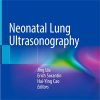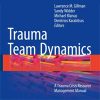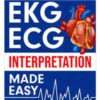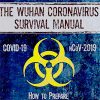Fluid Responsiveness in a Hemodynamically Unstable Patient
emra.org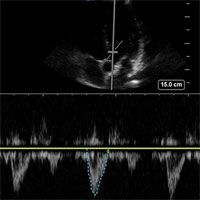
Only half of patients who are hemodynamically unstable will respond to a fluid bolus. There are no historical or physical examination findings that can help us decide whether a patient is a fluid responder, but we must treat hypotension, as we do know that a mean arterial pressure (MAP) less than 60 mmHg increases the risk of death and acute kidney injury (AKI). Empirical fluid administration is the mainstay of treatment for the hemodynamically unstable patient, but continued fluid resuscitation of the fluid non-responder, or even the fluid responder, can be detrimental. The CLOVERS trial (Crystalloid Liberal or Vasopressors Early Resuscitation in Sepsis) is comparing the restrictive use of fluids and early vasopressors to liberal fluids and rescue vasopressors. This study is expected to be complete in 2021. Given the potential harm from fluid therapy, determining if a patient is on the slope of their Frank-Starling curve will enable to you be far more accurate in determining if your patient is of the 50% who will respond to a fluid bolus.





